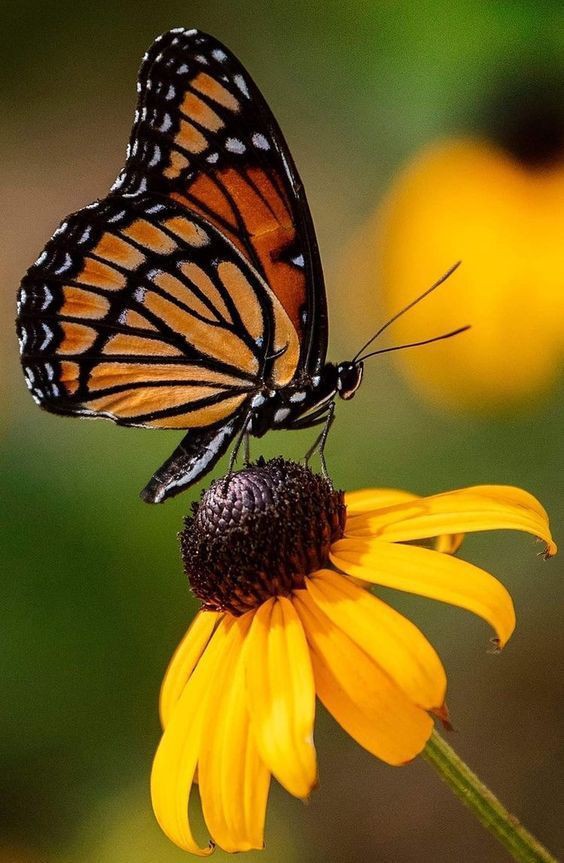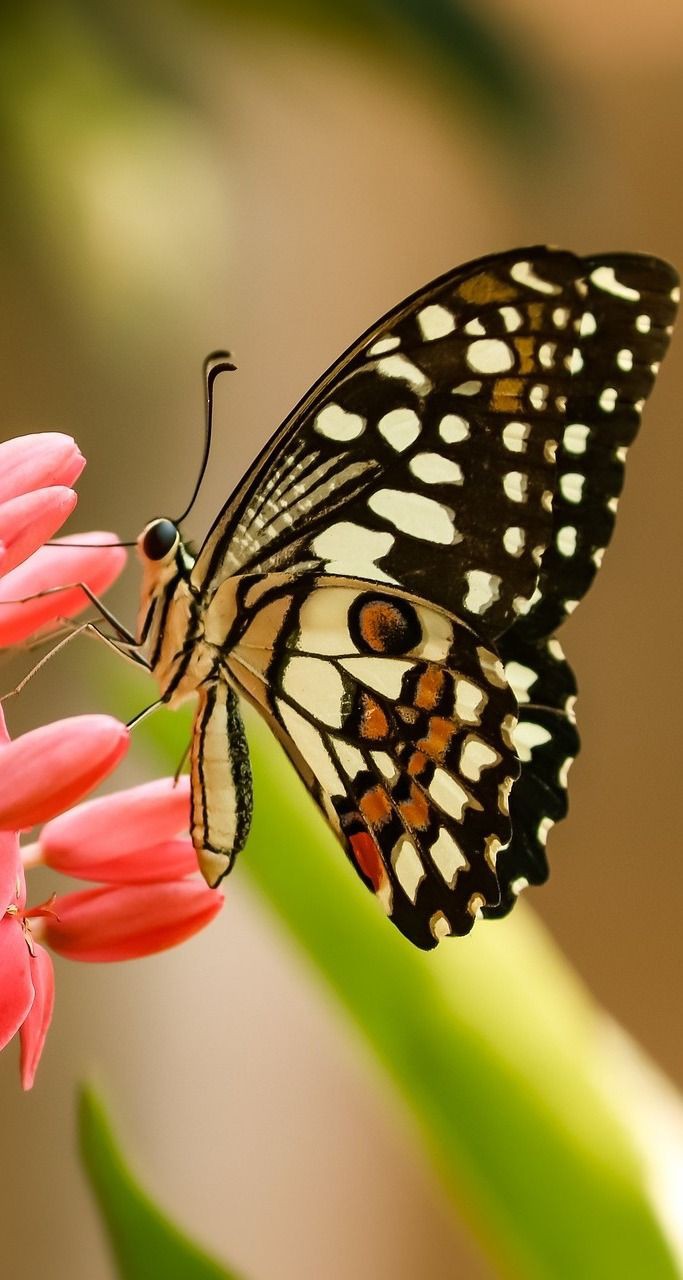Home
Butterfly life cycle

The butterfly and moth develop through a process called metamorphosis. This is a Greek word that means transformation or change in shape.Insects have two common types of metamorphosis. Grasshoppers, crickets, dragonflies, and cockroaches have incomplete metamorphosis. The young (called a nymph) usually look like small adults but without the wings.
Butterflies, moths, beetles, flies and bees have complete metamorphosis. The young (called a larva instead of a nymph) is very different from the adults. It also usually eats different types of food.There are four stages in the metamorphosis of butterflies and moths: egg, larva, pupa, and adult.
Butterfly Facts

- There are four stages in the metamorphosis of butterflies and moths: egg, larva, pupa, and adult.
- Butterflies have six jointed legs, a pair of antennae and three body parts called a head, thorax (chest), and abdomen (tail end). The four wings and the six legs of a butterfly are attached to its thorax.
What do butterflies eat?

- Most butterflies feed on nectar from flowers and many plants rely on butterflies to transfer pollen from one flower to another.
How far can butterflies fly

- The North American black and orange Monarch Butterfly is the only insect known to be able to fly over 2500 miles. Millions of butterflies migrate south to overwinter and avoid the freezing conditions of the north, but as the plant that the caterpillars feed on, milkweed, does not exist in the overwintering sites, the spring generation fly back north for summer before laying their eggs and dying. The monarch butterfly is also poisonous to eat.
>
|



